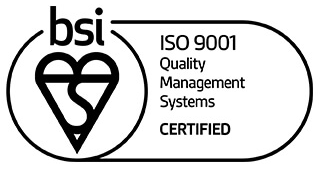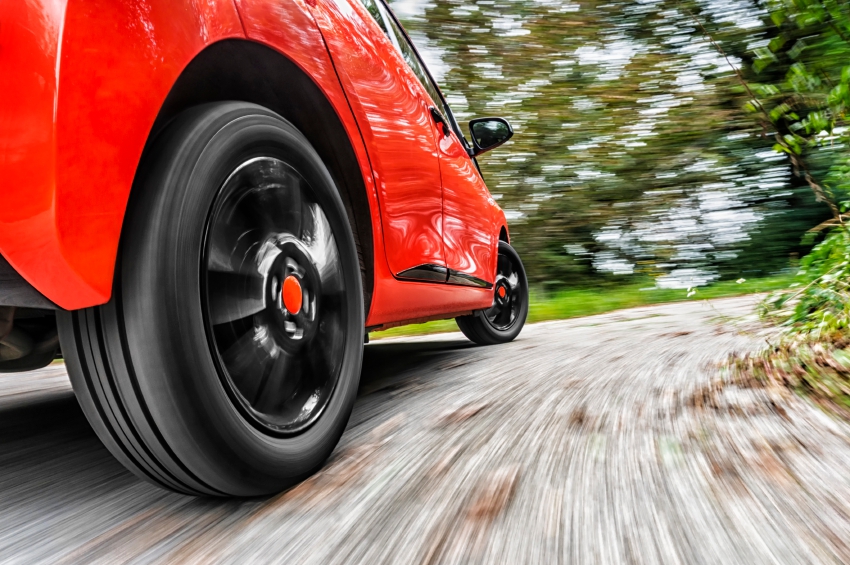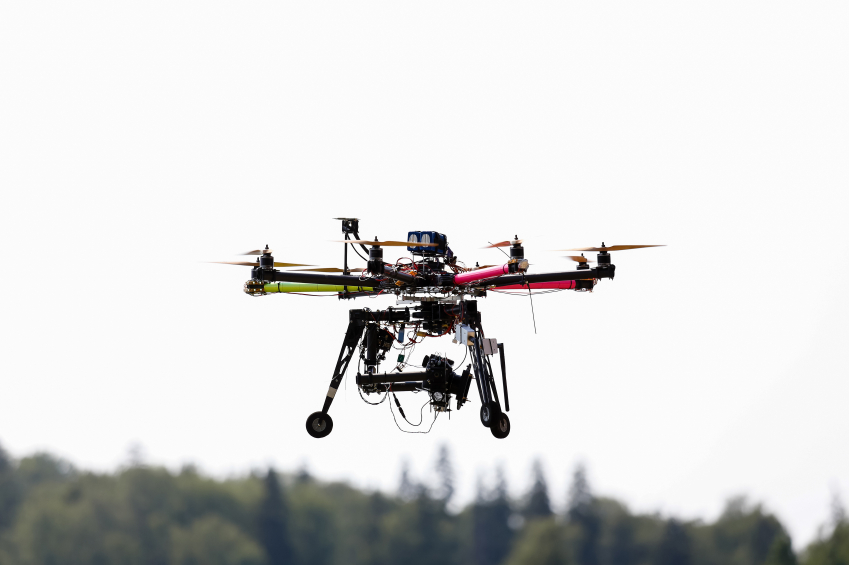Pressure vs Gravity Die Casting
We’re turning our attentions to how pressure die casting and gravity die casting differ from each other – and which similarities they have in common.
This is because knowing which type of casting to choose is extremely important when it comes time to manufacture a component. After all, not only are the processes different, but they tend to use different materials and have different end results.
Pressure Die Casting
This process is a way to produce high volumes of identical, low-temperature metallic components with a great degree of precision and repeatability. Pressure die casting requires complex machinery in order to inject molten metal or alloys under high force into a metal die – usually a hardened steel tool.
While in gravity casting this process isn’t automated, in pressure die casting it is. However, this also means there’s less design flexibility. This process is suited to high production rates and can be performed at a low cost per unit. Casts manufactured with the process are known for their great dimensional accuracy and smooth surface finish; also, the walls can be cast with thicknesses below 3mm and a very fine surface finish can be accomplished.
These casts also have high strength, and by injecting the metal under pressure there’s minimal metal loss due to spillage. Components produced through this die casting method are suitable for low-temperature metals, like aluminium and copper and magnesium alloys, the last of which is being increasingly used in the automotive industry.
It’s also ideal for stable designs, which can be obtained with 3D CAD modelling, with high volume requirements – this is because tooling is automated, often incorporating complex internal water cooling, which tends to be expensive. However, it does offer very low part costs due to the high level of automation as well.
Gravity Die Casting
The ‘gravity’ part of the name refers to the fact that molten metal is poured from a vertical position into a metallic tool. The process differs from pressure die casting because there’s no additional force applied, and can also use both metal and sand cores, called semi-permanent mould casting.
Advantages of this method include lower levels of trapped gas within the mould, which leads to high integrity casts with good surface finish. Pouring the metal through this process also prevents the possibility of the metal folding over itself when it’s introduced to a mould too quickly.
This method is best suited for larger, thicker parts than pressure die casting, but it can produce great levels of detail. And by using sand cores, you can achieve more complex designs and have more flexibility during the process.
When heat treatment is necessary, gravity die casting has the advantage. This process also offers exceptional tolerances and surface finish. Gravity die casting tooling is much more simple in construction and has a significantly lower cost, which is suited to lower volumes, where designs may still be subjected to review.
Parts are low cost as well, although not as low as the ones in pressure die casting processes.
Both pressure and gravity die casting are useful in different circumstances, which means the choice comes down to the requirements of your project. While one may have disadvantages when producing a certain part, the other will not, which is why here at Dean Group we offer both.
We also provide a wide range of other high-quality services, such as the ELITE process, metal injection moulding and investment casting, so please don’t hesitate to contact us to discuss your requirements with us.
Registered in England VAT No: 146307478 Company Registration No: 1062820







